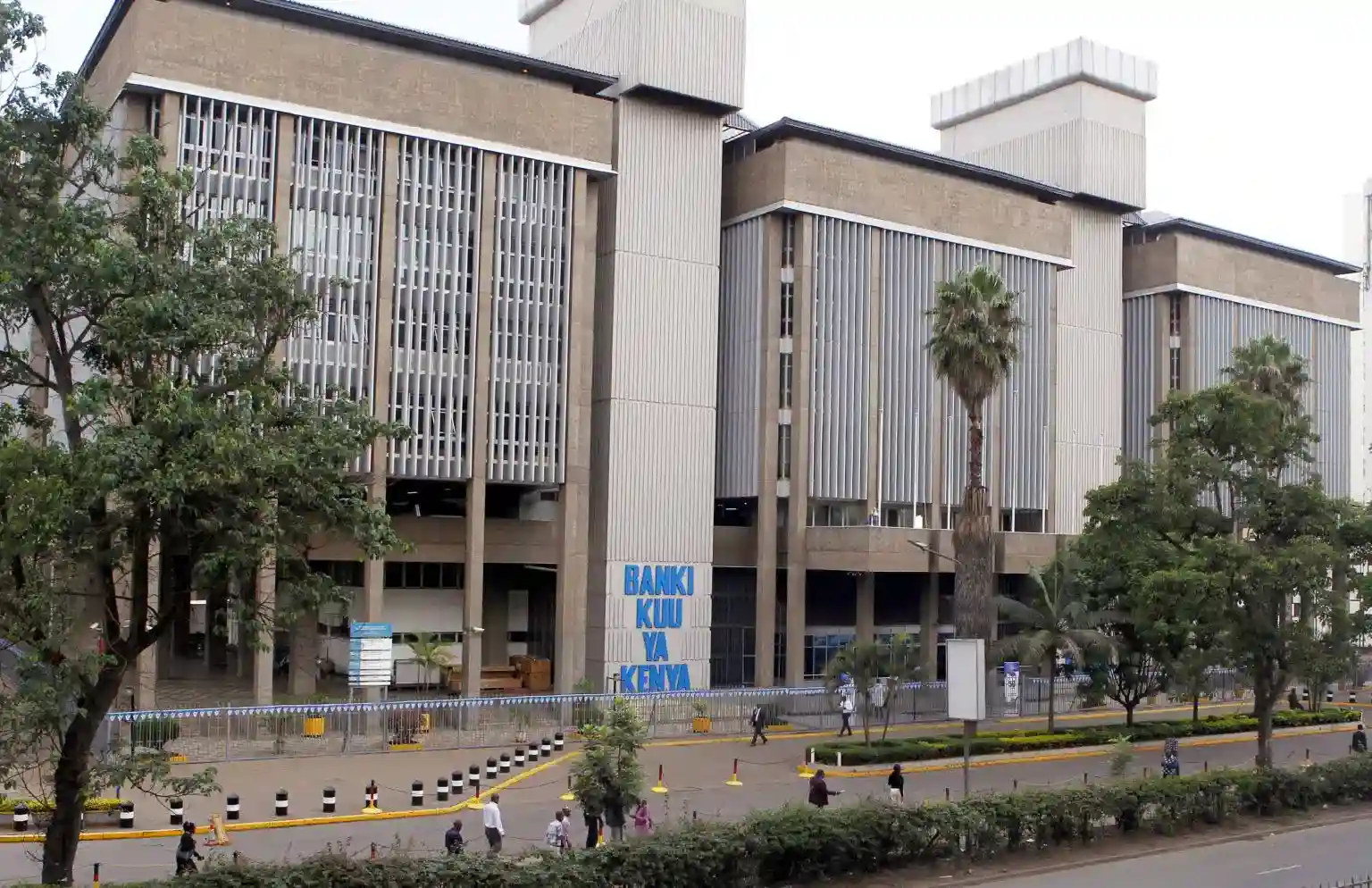Microfinance banks sell loans to commercial lenders as defaults mount

A new report by the Central Bank of Kenya (CBK) shows that the 14 microfinance banks (MFBs) under its supervision have been unable to expand lending, forcing them to sell loans to commercial banks while slowing down issuance of fresh credit in order to manage risk.
Microfinance banks are increasingly offloading parts of their loan books to commercial lenders as they struggle with rising defaults, dwindling deposits, and stiff competition from both banks and digital platforms.
A new report by the Central Bank of Kenya (CBK) shows that the 14 microfinance banks (MFBs) under its supervision have been unable to expand lending, forcing them to sell loans to commercial banks while slowing down issuance of fresh credit in order to manage risk.
In such arrangements, a buyer bank takes over the outstanding principal and accrued interest, leaving it to collect future repayments.
CBK’s 2024 supervision report reveals that the sector’s loan portfolio contracted by Sh6.3 billion, or 16.8 percent, to Sh31.2 billion, compared to Sh37.5 billion the previous year.
“This decline in loans was attributed to a strategic decision to reduce lending to manage non-performing loans, loans sell-off to other lenders, and heightened competition from other credit providers,” states the report.
Even after these measures, non-performing loans rose to Sh7.38 billion from Sh6.37 billion, showing the pressure facing the sector.
Lower lending and loan disposals also cut interest income, resulting in a combined pre-tax loss of Sh3.5 billion last year, up from Sh2.4 billion in 2023.
This marked the ninth straight year of losses and pushed the industry into a decade-long run without profits since 2015. Back then, the sector reported a Sh592 million pre-tax profit, down from the Sh1 billion peak in 2014.
Only four institutions managed to stay profitable in 2024. U&I posted Sh84 million, Caritas Sh50 million, Choice Sh44 million, and Sumac Sh1 million.
The rest fell deeper into the red, with Kenya Women Microfinance Bank, Faulu Microfinance Bank, and SMEP Microfinance Bank accounting for the largest losses at Sh1.6 billion, Sh1.04 billion, and Sh409 million, respectively.
The report notes that microfinanciers continue to be edged out by bigger banks and digital credit providers that are more aggressive in both technology and branch networks.
Last year, microfinance banks cut their outlets to 107 from 115, while agency banking points declined to 539 from 677.
At the same time, persistent losses and shrinking deposits have forced them to seek new capital, often by ceding ownership to fresh investors.
In the past three years, at least six institutions, SMEP, Maisha, Key (formerly Remu), Century, Choice, and Uwezo have been taken over in multi-million shilling deals, underlining the consolidation trend in the struggling sector.
